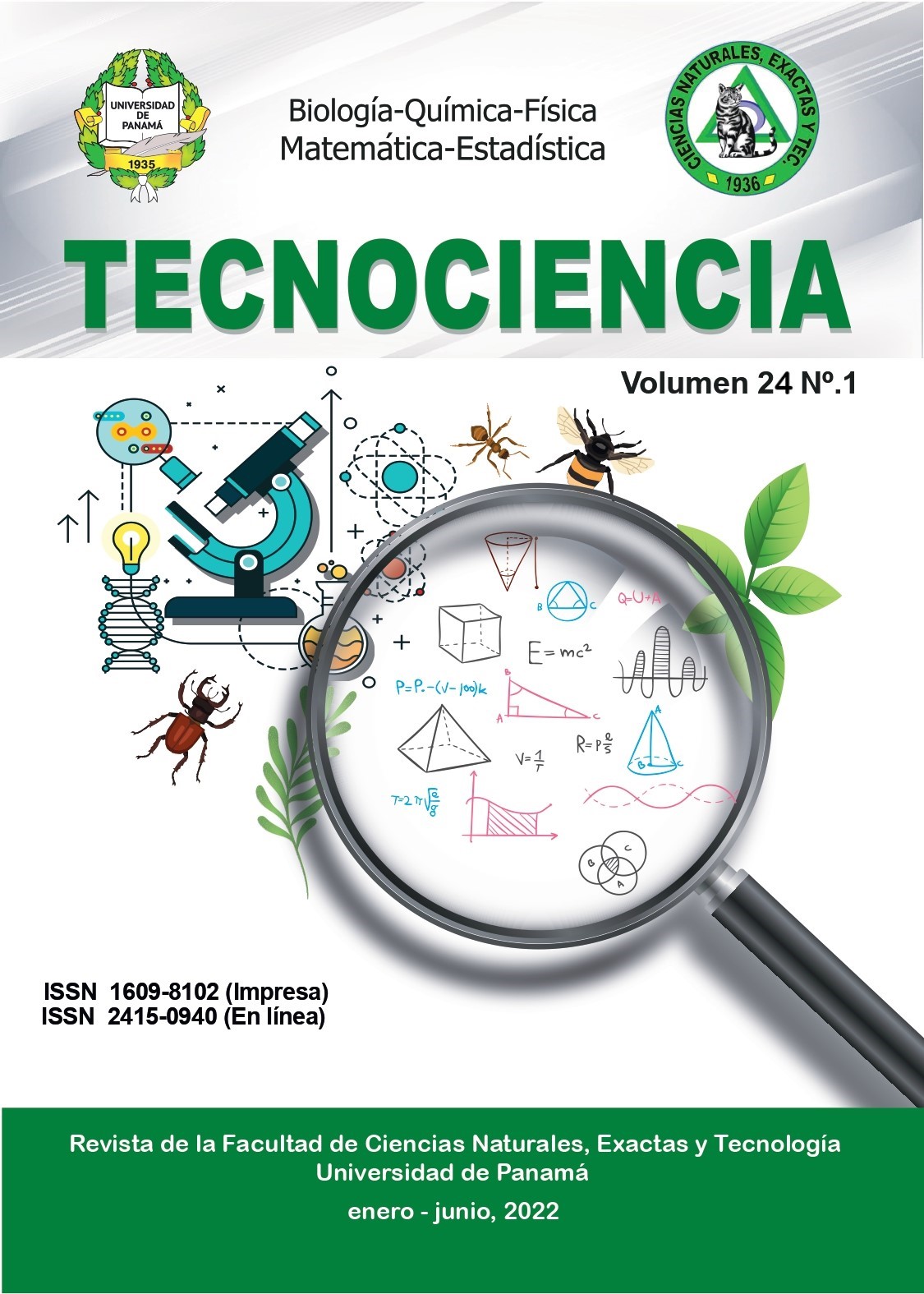References
American Ornithologists' Union., 1998. Checklist of North American Birds. 7th ed. American Ornithologists' Union Washington DC, US.
Barber TX., 1993. The human nature of birds: A scientific discovery with startling implications. St Martin's Press.
Björklund M., 1991. Coming of age in fringillid birds: heterochrony in the ontogeny of secondary sexual characters. Journal of Evolutionary Biology 4:83-92.
Christensen A.F., 2000. The fifteenth- and twentieth-century colonization of the Basin of Mexico by the Great-tailed Grackle (Quiscalus mexicanus). Global Ecology and Biogeography 9:415-420.
Craig R.J., 1996. Seasonal population surveys and natural history of a Micronesian bird community. The Wilson Bulletin 246-267.
Ficken R.W., 1963. Courtship and agonistic behavior of the Common Grackle, Quiscalus quiscula. The Auk 80:52-72.
Fitzpatrick J.W., 1980. Foraging behavior of Neotropical tyrant flycatchers. The Condor 82:43-57.
Grabrucker S. & Grabrucker A.M., 2010. Rare feeding behavior of great-tailed grackles (Quiscalus mexicanus) in the extreme habitat of Death Valley. The Open Ornithology Journal 3:101-104.
Gregory B.P., 2019. Quiscalus mexicanus vocalization pitch and traffic noise in breeding populations along the Cinta Costera highway and in downtown Gamboa, Panamá. SIT Graduate Institute/SIT Study Abroad. SIT Digital Collections
Gokula V., 2011. An ethogram of Spot-billed Pelican (Pelecanus philippensis). Chinese Birds 2: 183-192.
Gurrola-Hidalgo M.A., Sánchez-Hernández C. & Romero-Almaraz M.L., 2009. Novel food sources for Quiscalus mexicanus and Cyanocorax sanblasianus in Chamela, Jalisco coast, Mexico. Acta Zoològica Mexicana 25:427-430.
Johnson K., DuVal E., Kielt M. & Hughes C., 2000. Male mating strategies and the mating system of great-tailed grackles. Behavioral Ecology 11:132-141.
King C., 2012. Habitat use and behavior of Great-tailed Grackles (Quiscalus mexicanus) in urban and peri-urban habitats of San Marcos.
M.Sc. Thesis Texas State University. Hays County, Texas, US.
Kok O.B., 1971. Vocal behavior of the Great-tailed Grackle (Quiscalus mexicanus prosopidicola). The Condor 73:348-363.
Kubitza R.J., Suhonen J. & Vuorisalo T., 2015. Effects of experimental perturbation of group structure on hierarchy formation and behaviour in house sparrows. Ornis Fennica 92:157.
Lichtenberg E. M. & Hallager S., 2008. A description of commonly observed behaviors for the kori bustard (Ardeotis kori). Journal of Ethology 26:17-34.
Martínez R.J., Herrera J.M., Wilson B., Araúz J. & Quirós D. I., 2021. FOUR REPORTS OF PREDATION OF Quiscalus mexicanus (PASSERIFORMES: ICTERIDAE) IN PANAMA CITY. Tecnociencia 23v(2):36-45.
Morand-Ferron J., 2005. Dunking behavior in American Crows. The Wilson Bulletin 117:405-407.
Perera S.J. & Kotogama S.W., 2013. A descriptive ethogram for the behavior of Black Robin Saxicoloides fulicatus leucopterus (Linnaeus, 1766) in a semideveloped, intermediate zone habitat of Sri Lanka. Siyoth 3:49–57.
Rappole J.H., Ramos, M. A. & Winker K., 1989. Wintering Wood Thrush movements and mortality in southern Veracruz. The Auk 106:402-410.
Seibert L. M., 2006. Social behavior of psittacine birds. Manual of parrot behavior, 1.
Smith O. & Wassmer T., 2016. An ethogram of commonly observed behaviors of the endangered Bridled White-eye (Zosterops conspicillatus) in a Zoo Setting. The Wilson Journal of Ornithology, 128(3), 647-653.
Yorzinski J.L., 2020. Blinking behavior in great?tailed grackles (Quiscalus mexicanus) increases during simulated rainfall. Ethology 126:519-527.
Wethje W., 2003. The range expansion of the great-tailed grackle (Quiscalus mexicanus Gmelin) in North America since 1880. Journal Biogeography 30:1593-1607.
Wilson E.O., 1975. Sociobiology. Belknap Press, Cambridge, UK.

